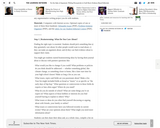
Suggestions on how to guide students through the writing process when writing editorials "” from brainstorming a topic to publishing their work "” and all the steps in between.
- Provider:
- New York Times
- Author:
- Michael Gonchar
- Date Added:
- 06/24/2019

Suggestions on how to guide students through the writing process when writing editorials "” from brainstorming a topic to publishing their work "” and all the steps in between.
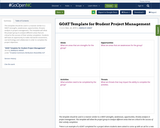
This template should be used in a manner similar to a SWOT (strengths, weaknesses, opportunities, threats) analysis in project management. This template will allow the project group to analyze different areas that are critical to the success of their activity completion. Students will have an opportunity to make real world connections, use technology and collaborate in order to complete the project objectives.
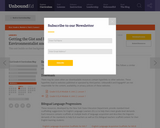
In this lesson, students will do further research in order to build background knowledge and increase their ability to work independently.

Two female cousins spend their life doing everything together. One night they realize they are both in love with the Moon and wish to marry him. In this CCSS lesson, students will explore this story through text dependent questions, academic vocabulary, and writing assignments.
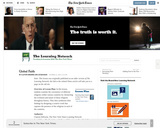
Students examine the coexistence of different religions within various countries by chronicling the evolution and nature of those religions throughout history. They then synthesize their findings by designing a creative work that captures the presence of the religions in each of the countries.

6th grade students were introduced to hardships around the world through literature. Students selected a topic they were interested in and researched that topic. Then they collaborated with a team of peers and created a tri-fold poster board display about their topic. These were displayed in the media center and parents and other classes were invited to come in. The guests of the exposition were encouraged to ask the teams questions about their topics, allowing the students to further demonstrate the knowledge and passion they had for their topic. The guests also voted on the teams that had the best information and the most knowledge about their topic.
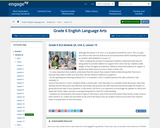
This lesson serves as the kickoff for Unit 3. This provides the teacher time to look over the draft end of unit assessments before handing them back to students with feedback in Lesson 17.
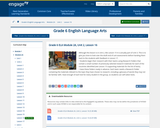
In this lesson, students begin research with their teams using Research Folders that contain a small number of previously selected research materials for each of the countries identified (see Lesson 15 supporting materials for the list of texts).
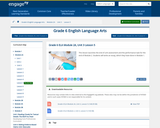
This lesson launches the end of unit assessment and the performance task for the end of Module 2. Students will write an essay, which they have done in Module 1.
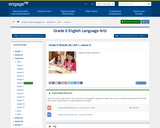
In this lesson, students begin their team research using folders that contain a small number of selected research texts for each of the specific groups.
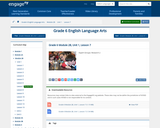
In this lesson, students continue the research they began in the previous lesson.
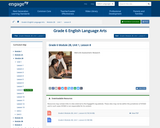
Mid-Unit Assessment: Research
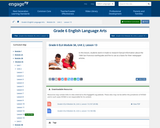
In this lesson, students work in triads to research factual information about the 1906 San Francisco earthquake and fire to use as a basis for their newspaper articles.
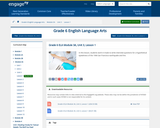
In this lesson, students work in triads to write interview questions for a hypothetical eyewitness of the 1906 San Francisco earthquake and fire.
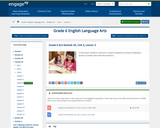
In this lesson, students continue to research eyewitness accounts looking for quotes to answer their interview questions.
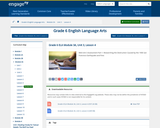
This lesson is the Mid-Unit 3 Assessment Part 1: Researching the Destruction Caused by the 1906 San Francisco Earthquake and Fires
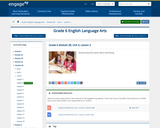
In this lesson, students work in triads to research information about overfishing.
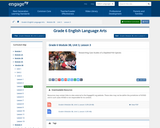
In this lesson, students work in triads to research a case study of a depleted fish species.
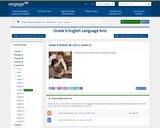
In this lesson, students work in triads to research information about sustainable fishing methods.
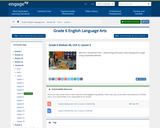
This lesson is the mid-unit assessment.